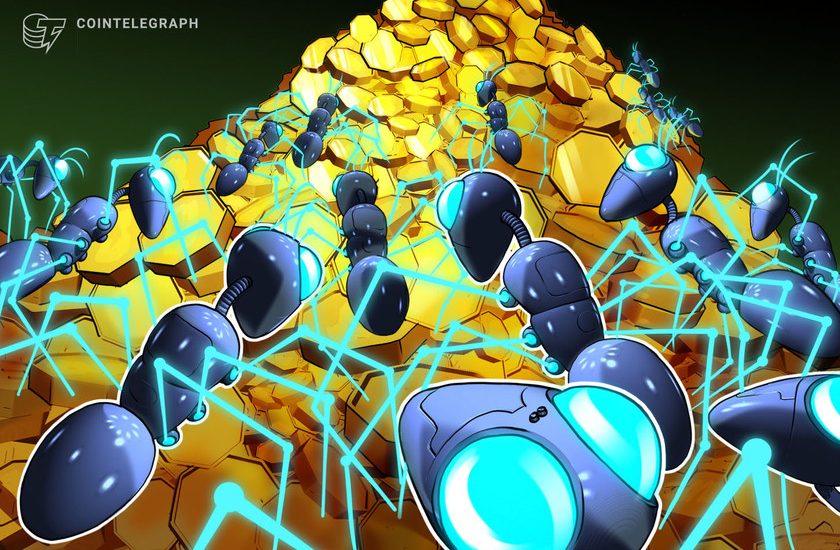- February 23, 2021
- Posted by: admin
- Category: BitCoin, Blockchain, Cryptocurrency, Investments


In what may become an industry standard, unused liquidity from Balancer will be deposited into Aave, significantly increasing depositor yield
In the latest feat of decentralized finance (DeFi) money lego magic, lending platform Aave and automated market maker (AMM) Balancer have teamed up on a hybrid liquidity-and-lending feature that may significantly fatten depositor yields.
In a blog post today, Balancer CEO Fernando Martinelli unveiled plans for the project, dubbed the Balancer V2 Asset Manager. In essence, the integration will allow users to earn two forms of return on their deposits: trading fees and yield farming from Balancer, as well as lending interest from Aave.
In Balancer’s current architecture, users deposit funds into a liquidity pool in order to enable decentralized asset trading. In exchange, they’re given a portion of trading fees, as well as yield farming returns in the form of Balancer’s native governance token, BAL.
However, the majority of assets in AMM pools often sit unused, as they’re not needed unless there’s an unusually large trade.
“Large trades cause a lot of slippage, so traders avoid them. This means that as long as prices don’t shift too much, a pool would be able to facilitate exactly the same trades with much lower liquidity actually being available,” reads the blog.
Enter the Aave-Balancer Asset Manager. Unused tokens in the Balancer liquidity pool will be lent on Aave to earn additional yield, with the automated Asset Manager facilitating the transfer of funds between protocols.
This allows for a fusion of two of DeFi’s most powerful and most common lego bricks — what Martinelli said in a statement to Cointelegraph is “the best of both worlds.”
If prospective users want to estimate the kinds of returns this could lead to, Martinelli suggests a simple combination of Balancer yields with 80% of Aave yields on top:
“I’d say maybe around 80% of the average of the AAVE yields of the different tokens + all the trading fees from Balancer. 80% because we will keep a buffer (20% i’d estimate) for swaps to be able to happen.”
Many of the architectural details are still being ironed out, especially regarding the parameters of the swaps between protocols. Researcher Alex Evans at Placeholder Ventures is investigating swap optimizations, and Martinelli notes that the “keepers” responsible for executing the swaps have yet to be chosen, and there is ongoing research into how to incentivize the keepers as well.
The release of the feature is slated for “not too long” after Balancer’s V2 launch in March.
The blog also notes that deeper collaborations, such as Balancer LP tokens as collateral on Aave, may be forthcoming. Likewise, this cross-protocol yield initiative is just one of many other integrations between the projects, including a AAVE/ETH Balancer pool that plays a key part in Aave’s Safety Module insurance architecture.
